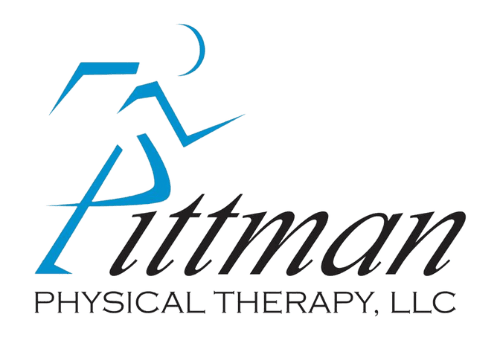Did you know that the sciatic nerve is the human body’s longest nerve? It runs from the lower back to the legs and ends at the feet. People suffering from sciatica typically describe their pain as “shooting pains” down one side of the body.
While physical therapy intervention is not always required for sciatica, it can help relieve pain and speed up the healing process. It can be difficult to determine whether your symptoms require the attention of a specialist, but the following three indicators indicate that you should seek assistance:
1. When your efforts at home fail.
You can try some common home remedies to help alleviate some of your sciatica symptoms. Alternating ice and heat compresses, for example, or sleeping with a pillow between your knees, can help relieve pain and stiffness. Sitting in a reclining chair can also provide some relief because it redirects pressure away from your lower back. Going for a walk or engaging in other gentle exercises can also assist in getting your body moving so that it does not become too tight.
These are some of the most commonly used at-home pain management methods, but they do not always work. If your home treatments are having little to no effect on your pain and restricted motion, or if your symptoms have persisted for more than a week without improvement, you should consult a physical therapist at Pittman Physical Therapy. If your symptoms worsen, make an appointment with your primary care physician. Physical therapy can help you get the relief you need from your aches and pains.
2. When pain increases in intensity from mild to severe.
The intensity of your pain can vary depending on how compressed your sciatic nerve becomes. The tighter it is, the more painful it will be. Severe shooting pain, weakness or numbness on one side, or inability to move your feet are all possible symptoms. You may lose control of your bladder and/or bowel function if your sciatic nerve becomes compressed in the area that controls those functions. If you experience any of these symptoms, it is critical that you consult with both your primary care physician and a physical therapist to develop a treatment plan for relieving your pain and returning you to normal function. When you visit a doctor or physical therapist in Pittman Physical Therapy, you may be asked to undergo a series of tests to rule out other possible conditions.
3. When your pain is the result of an injury
When you have mild sciatica, your symptoms may develop over time or even go away on their own. However, if your sciatica symptoms appear immediately after an injury or trauma (such as a car accident, sports injury, or hard fall), you should see your doctor and physical therapist. Because these symptoms are most likely severe as a result of an intense impact surrounding the sciatic nerve, it is critical to assess the extent of the damage. Whatever course of treatment your primary physician recommends, he or she will almost certainly also recommend physical therapy.
Get relief from your sciatica pains right away.
Are you experiencing pain as a result of your sciatica? If this is the case, physical therapy can help you find relief. Targeted stretches and exercises will be used in physical therapy to help strengthen the muscles surrounding the sciatic nerve. Treatments may also focus on range of motion and postural improvement in order to reduce stress on the sciatic nerve and prevent future pain.
If you are ready to get rid of your sciatica symptoms, please contact Pittman Physical Therapy right away. We’ll create an individualized treatment plan for you to help you get back to your normal life as soon as possible.



